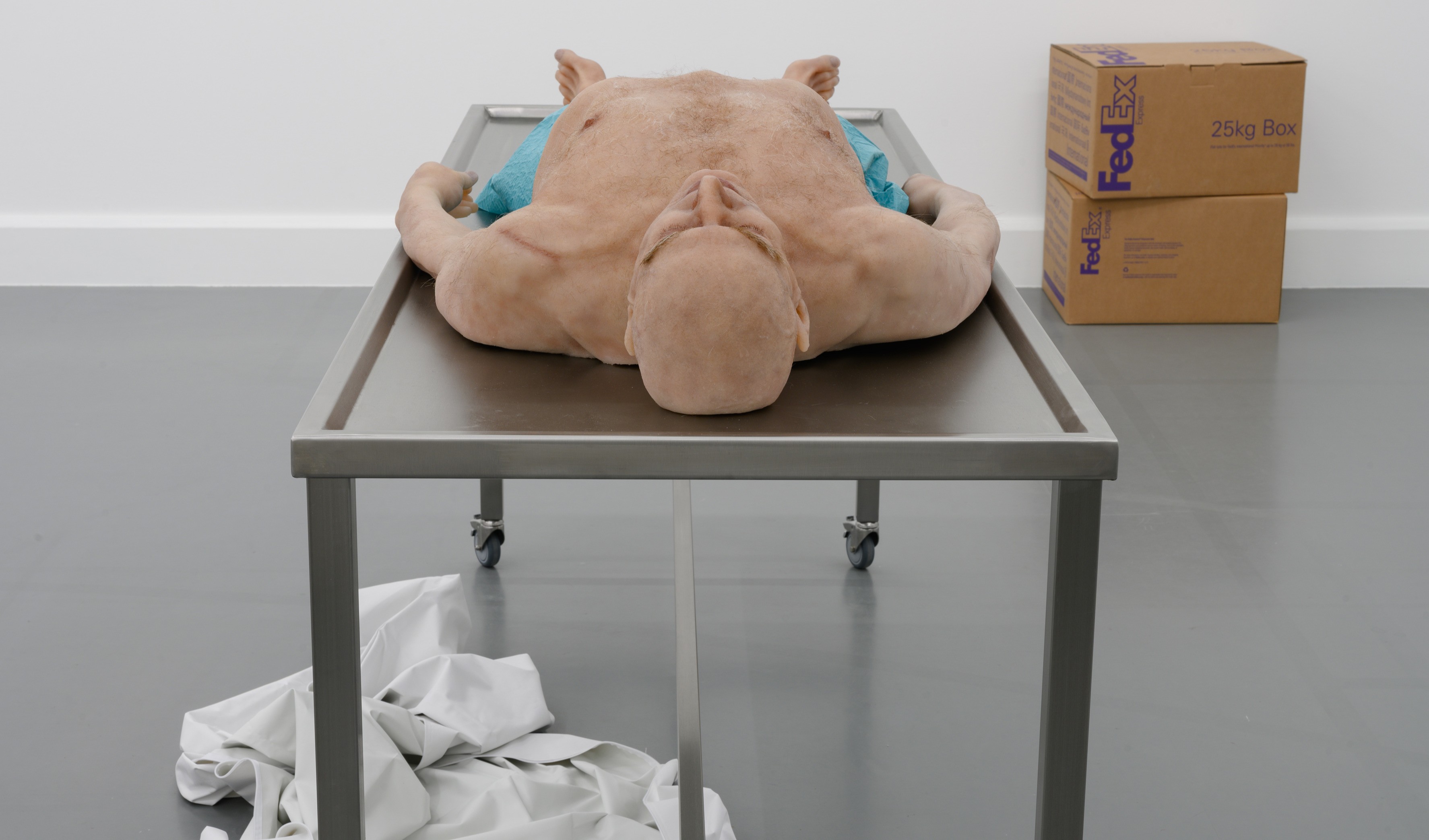POST Arnhem


Phelim Hoey, Ajla R Steinvåg & RA Walden
During the pandemic, the social and political views on health became more visible. The imaginary dichotomy between 'healthy' and 'weak' or 'vulnerable' increasingly emerged. In the Dutch press conferences and public debate 'people with weak or vulnerable health’ were often mentioned. This raises endless questions, about power structures, normativity and inclusivity: When is someone 'healthy'? Where is the line drawn of what is healthy and who has the power to determine this?
These questions are not new, but the pandemic has further exposed them from a health perspective. Whether someone is 'healthy' is based on a certain norm that society, politics and individuals assume. And where there is a norm, there are deviations. The perception of people based on their physical, mental or psychological condition plays a major role in this. By constantly being portrayed as 'weak' or 'vulnerable', stigmas surrounding disabilities, illnesses and conditions are magnified.
These prejudices can affect how a person is seen by others, but also how they see themselves. This could create an internalised sense of inferiority, irrelevance or invisibility. However, a person's identity is never limited to a disability, illness or condition. This means that it is " not an inherent trait located in the disabled person's body and mind, but a result of socio-cultural dynamics that occur in interactions between society and the person with a disability." [1]
This perception is related to control over the body. You don't always have a say in what your own body does and can do, but during the COVID-19 crisis other people suddenly did get to have a say about this. The 'not healthy' or 'abnormal' body has become the subject not only of a medical process, but also of political and public debate. This means that the control over one's own body suddenly also depends on the words and behaviour of others. And these words and behaviour stem from the previously mentioned norm.
The norm concerning health is a social construct. Theorist and teacher Jules Sturm proposes to see physical differences not as deviations, but as variations. [2] From this point of view, there are no hierarchical oppositions, but rather mutually equal relationships. Would a shift in political choices be possible in which this equality is central? To make policy with people instead of about people? And could this lead to a renewed, less stigmatising societal image of health?
The artists in Someone Lives in This Body dissect the relationship between physicality and psyche, between identity and the prevailing norm on health. You are never an isolated body, and you are never just your body. After all, a person's body cannot be reduced to a medical, political or social subject: someone also lives in the body.